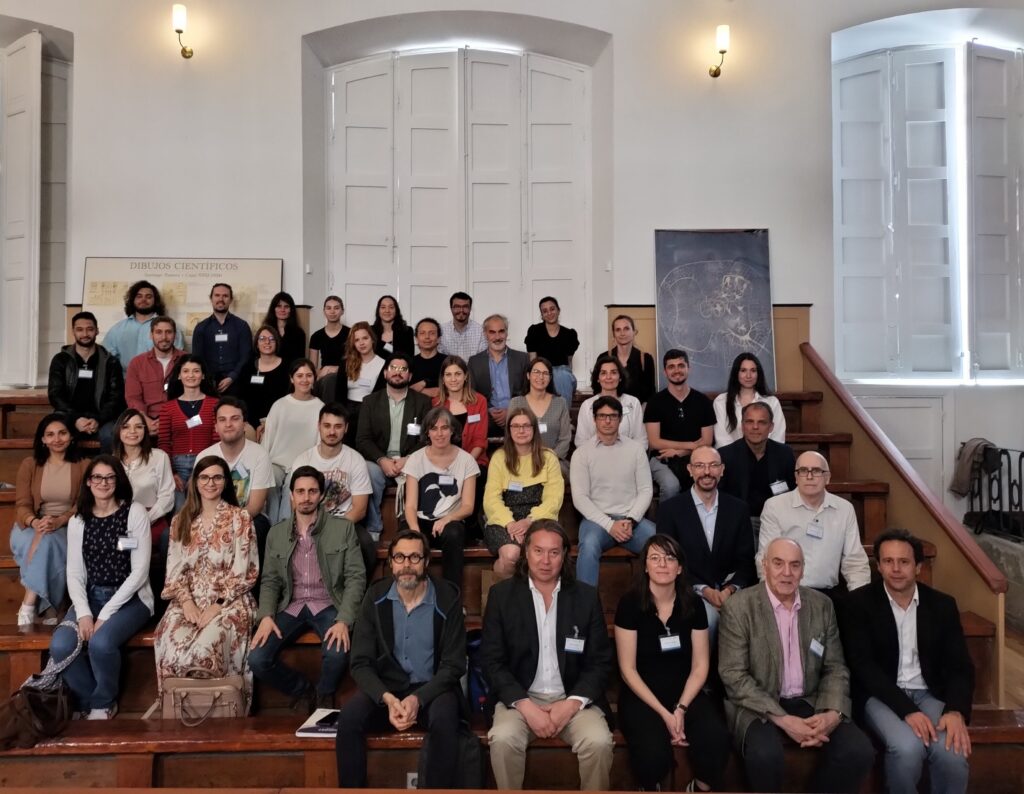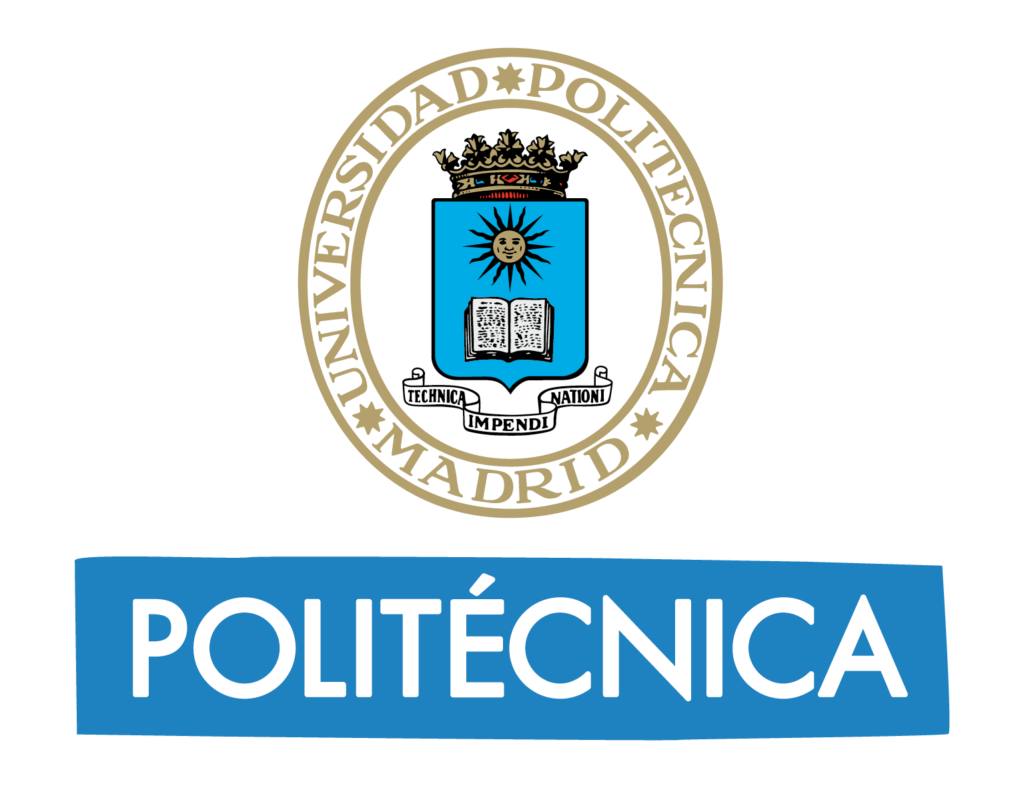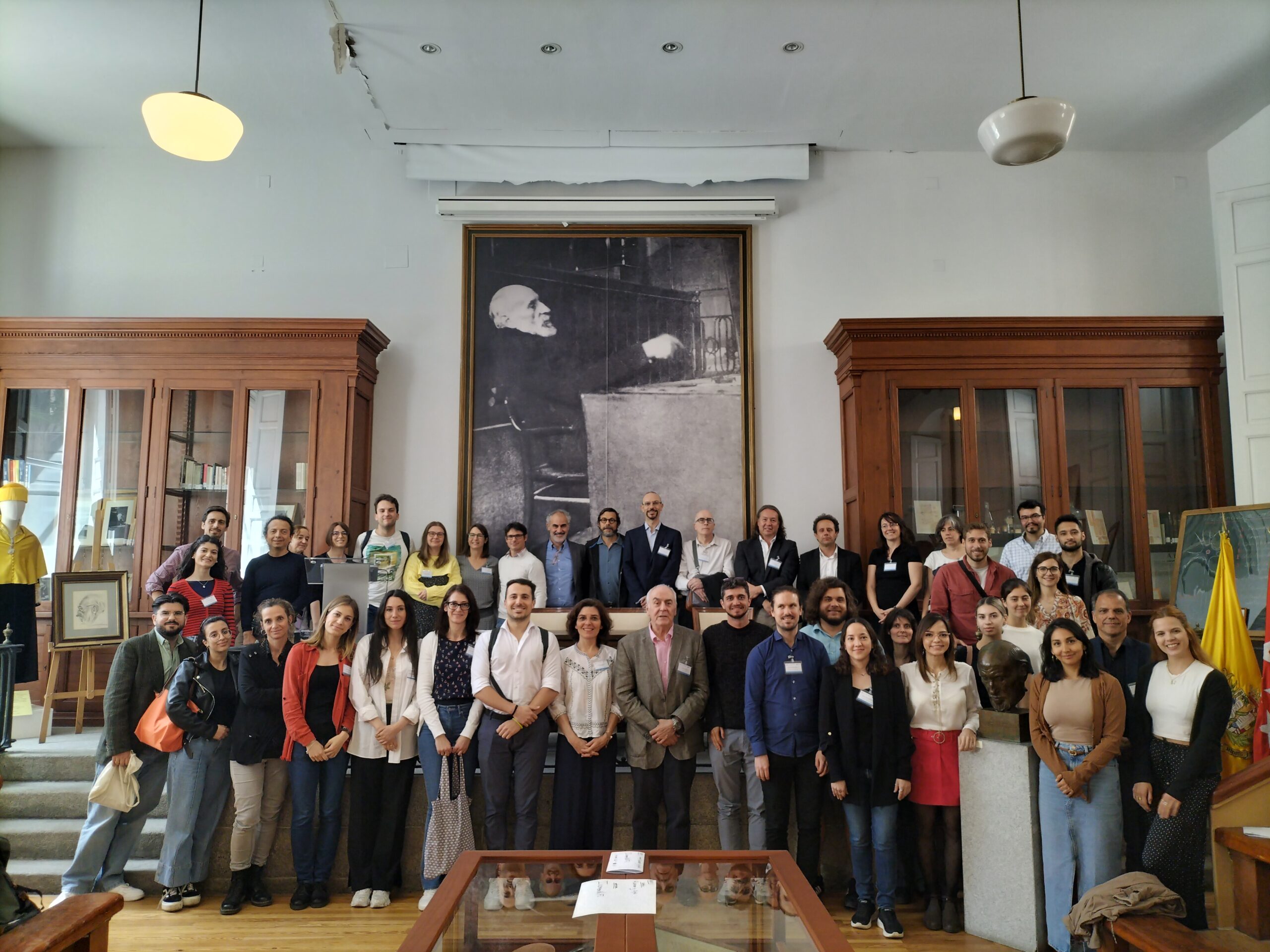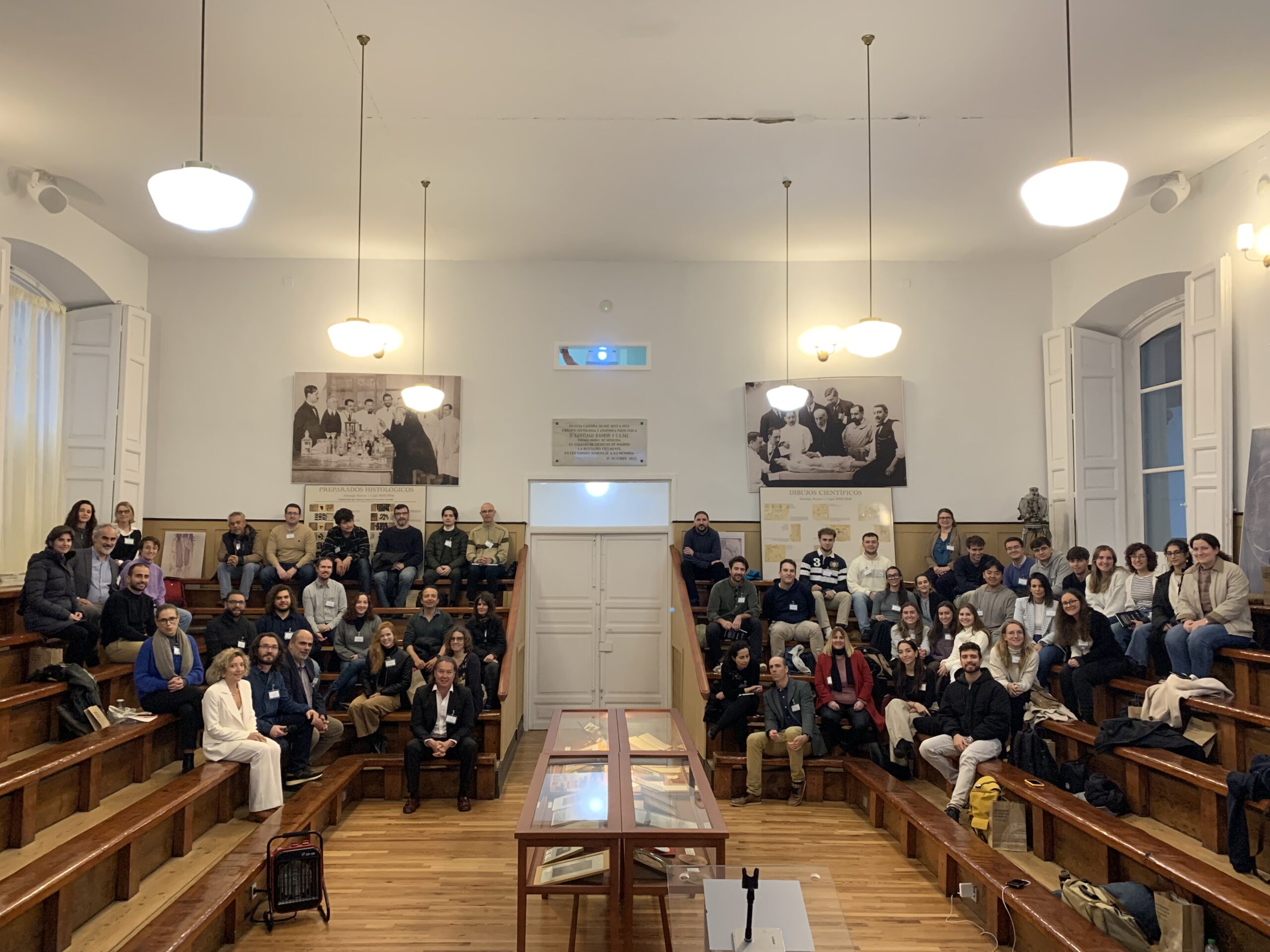The meeting addressed human brain circuits related to memory, from a multilevel perspective of molecular biology, anatomy, physiology, pathology and modelling. Our aim was to generate constructive and fruitful discussions about human memory circuits, to explore how EBRAINS tools and services can help neuroscientists in the area, and to connect researchers working in this field.

Outcome
In the Concluding Remarks, a simple show of hands to the question “How many of you are currently collaborating?” met with a small showing (mainly those that had worked in Human Brain Project activities together). However, the question “As a result of this meeting, how many of you are planning future collaborations and explore EBRAINS tools?” was met with a large number of hands raised, indicating the success of the meeting.
Background to the meeting
The design of the scientific program of the Spanish EBRAINS Node was based on a participatory scientific alignment process. All node members completed two rounds of questionnaires. We then held two sequential meetings to define our scientific complementarities and convergences. Two clear areas of interest and synergistic expertise emerged: Memory and Memory Disorders, and Motor Disorders Neurorehabilitation. Further node members will provide transversal support for both areas, including digital tools, data visualisation, data from biobanks and infrastructure to support clinical trials. Having successfully secured a ´Strategic Networks´ Grant from the Spanish Science Ministry, we planned at least 2 meetings – one for each main area – and this was the first meeting.
The science
We were delighted to host 5 Keynote speakers. From the German node, Nicola Palomero-Gallagher presented fascinating receptor autoradiographic results, including her recent work on hippocampus. From the Italian node, Michele Migliore presented his fascinating human hippocampal simulation. Both talks set the stage for future, between-node collaboration.
The Spanish Keynotes were delivered by Alberto Lleo, who shared his expertise on neurodegenerative disease, particularly recent work on transsynaptic tau crossing in Alzheimer’s disease, Rafael Toledano, who provided a masterclass in temporal lobe epilepsy, and Lluis Fuentemilla, who presented human intracranial data on the role of oscillations in memory encoding and retrieval.
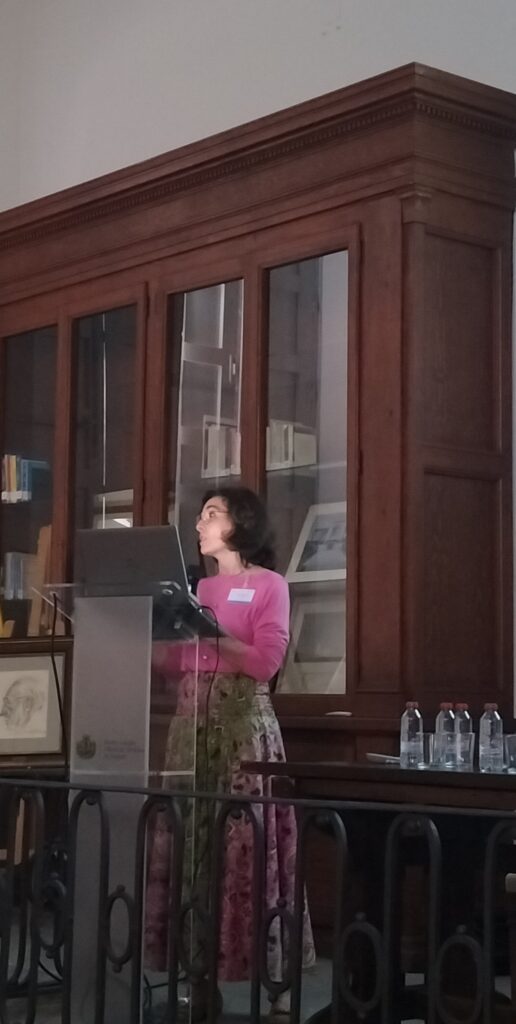
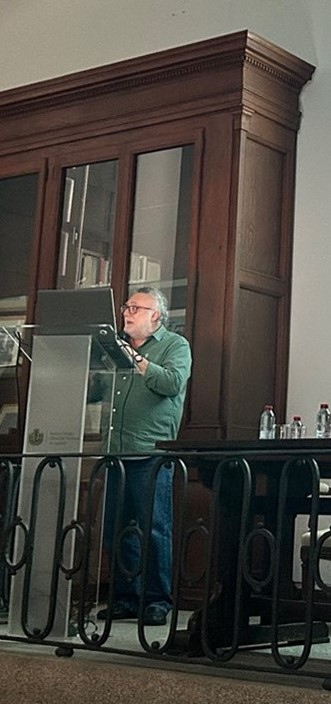
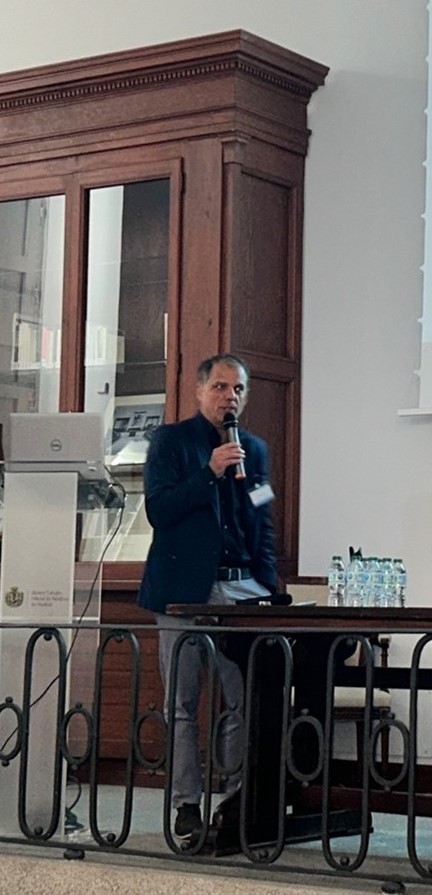

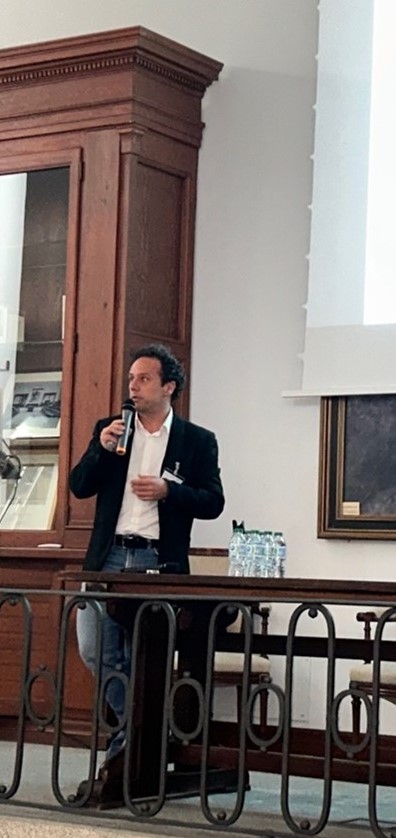
In-house talks presented by current node members – Javier DeFelipe, Bryan Strange, Oscar Robles, Esperanza Jubera, Angel Merchán, Emma Muñoz, Ruth Benavides-Piccione and Guillermo Velasco were equally didactic and generated much discussion. These talks spanned various aspects of human microanatomy, modeling, human intracranial recordings, advanced MRI techniques, novel therapeutics for memory disorders, and the strategic goals of the EBRAINS infrastructure.
Future plans
The next meeting, taking place later in 2024, will entail a similar format, this time focusing on the second major research area of the EBRAINS Spanish node, motor disorders and motor rehabilitation.
